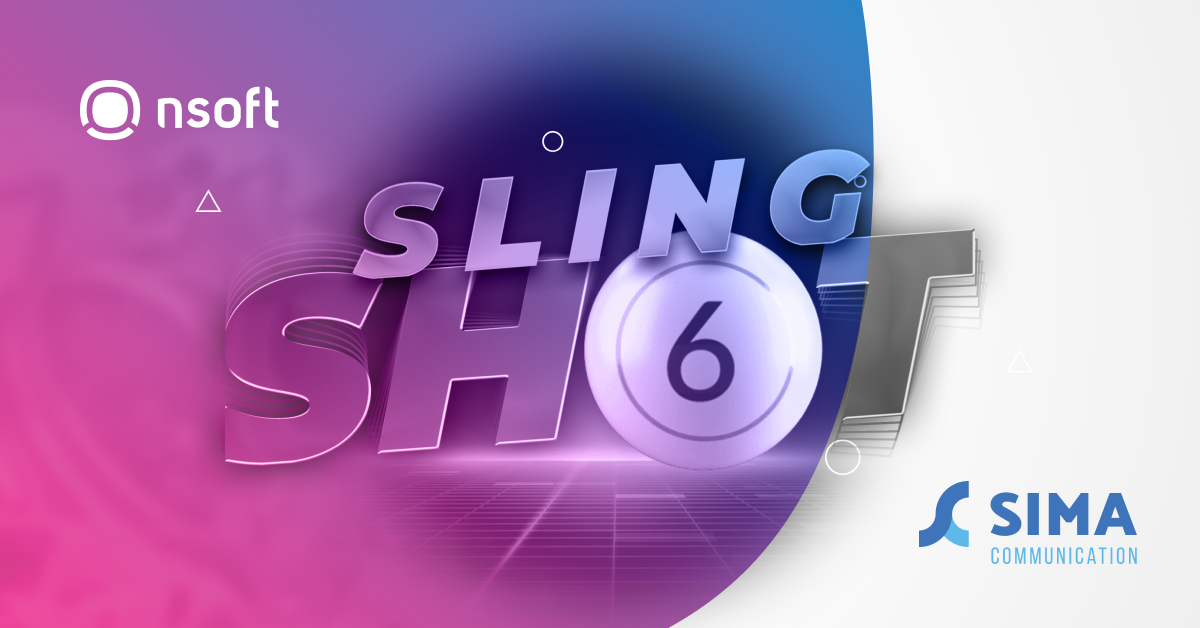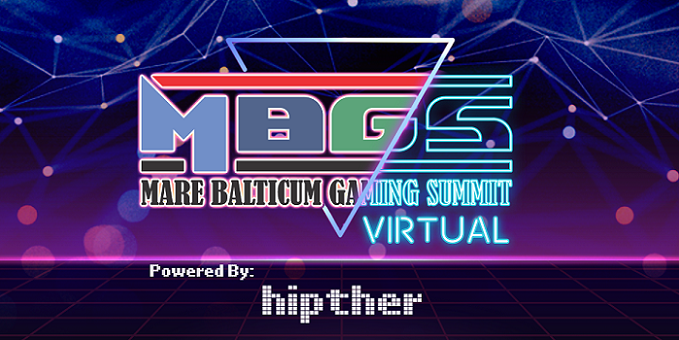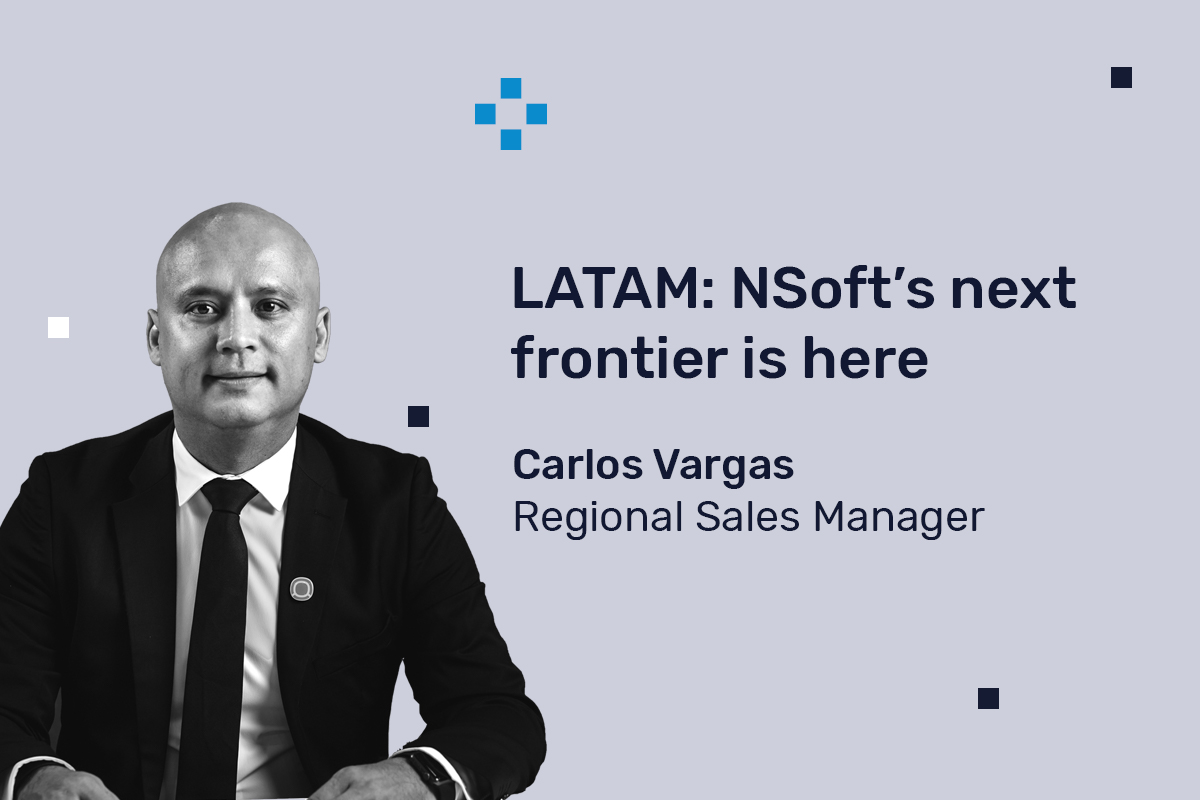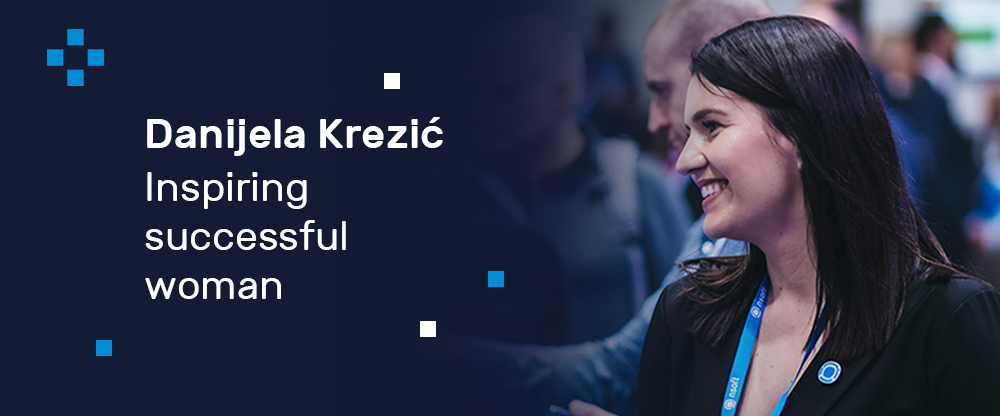Latest News
Advantages of NSoft’s Turnkey Sports Betting Solution

NSoft is a B2B software provider oĄering a complete package for betting business. This is possible thanks to a carefully planned and executed modular sports betting platform, a Turnkey Sports Betting Solution.
By Ana Sović, SVP Business Operations Turnkey Sports Betting Solution for betting operators and business management Seven Turnkey Solution is a highly modular and customizable platform and a genuine engine behind every betting product.
NSoft’s software architects built it using their vast knowledge and relying on diĄerent approaches to develop and optimise this software solution. They made the system, always having in mind Seven’s future tasks like integrating new features and complying with diĄerent legal authorities.
The most important thing to emphasize is that NSoft’s turnkey solution is based on a revenue share model that minimizes risk, reduces operational costs and brings benefits to diĄerent types of operators by allowing them to gain full control over their business operations, boost productivity and facilitate everyday operations in bet shops.
Preferred partner of Sportradar Seven iGaming Platform has been developed using cutting-edge technologies, and it oĄers the possibility of third party integrations of other platforms and providers. This single solution is responsible for managing core betting business operations not just for customers who are starting a betting business from scratch but also for those who have their business operations already established. With joint eĄort, the operators who are using someone else’s solution can easily move to NSoft’s turnkey solution. In that case they have our help with counseling, analysis of their shops, import of existing metadata and player base, all of which is focused to save their time by reducing the operational and manual work around the migration of existing data and maximize their revenue.
The Seven platform delivers NSoft’s proprietary Sportsbook which is driven by Betradar data providing you with an extensive oĄer of more than 370 000 events from 60 diĄerent sports monthly together with corresponding odds and results.
Our extensive product portfolio is complemented by in-house developed Virtual and Casino games which guarantee realistic, dynamic and fast-paced gameplay. Based on the analysis and broad statistics, NSoft’s virtual and casino games impress with multiple bonus options and betting markets designed to provide high revenues for our clients. Full in-house B2B Support and Services NSoft’s highly qualified and dedicated Support team has accumulated years of experience in the software and betting industry. When clients are in doubt about how to proceed, Support Operators are always there to lend a hand in installing and demonstrating usage of our application software providing
Preferred partner of Sportradar detailed and clear explanations. Among the regular customer support duties available 24/7, monitoring the system and network parameters is performed constantly to prevent any issues before they potentially reach the customer.
Technical Account Managers also remain in communication with the client at all times and each client has their own dedicated account management. One of their daily tasks is to constantly analyze client’s business operations and the habits of their players, so that they can improve their business further and adjust the oĄer and business operations to clients’ needs.
Remote Device Management in land-based business controls devices remotely through our software and provides real-time access to betting operations in shops, which consequently saves operators the time and money since they avoid visiting each shop because of the remote accessibility.
Risk Management tools enable operators to gain full control over the risk parameters, whether those are tournaments, market types, odds, players, retail shops, detection of the same tickets and many more. Special attention is dedicated to the Risk Management module which allows them to minimize the risk and increase the profit through the combination of automatic and manual tools. NSoft’s team of highly skilled and experienced bookmakers is also available for counseling if the operator is new in the business and requires additional assistance.
The maintenance of the server infrastructure is under the control of NSoft’s devoted teams and one of the services provided for clients which use our turnkey solution. Our experts are there to help build flexibility into the system when the client’s engineering team faces the challenges of capacity planning and ensuring the right resources are in place to handle traąc demands.
Preferred partner of Sportradar The scalability of an application can be measured by the number of requests it can eĄectively support simultaneously. NSoft’s Infrastructure team uses horizontal or vertical scaling at the point at which a client’s application can no longer handle
additional requests and it reaches the limit of its scalability. The complete setup is led by our Infrastructure team, which
proactively monitors resource usage of our services to ensure the best results for the client.
The complete infrastructure can be built in the client’s country if required by law, and after that further administration is supervised by NSoft’s team.
Turnkey solution vs White label, which meets your business requirements?
When operators want to improve their existing business operations by extending their oĄer with NSoft’s products, or when they are just starting their online sports betting business, the Turnkey Sports Betting Solution is a better option for those operators wanting more control over their sports betting software.
For clients who have a third party platform and if they want to take our Solution, we provide help in terms of diĄerent operational tasks which are necessary to be undertaken: import of the player base, make full technical support available for their branch oące as well as employee training.
At the start of the implementation process NSoft’s team does an analysis of the existing state, client’s wishes and needs – what the client wants, whether the client is already working with an existing provider, if there are hardware requirements and whether there is any ustomization necessary. When all that comes together, the next step is Client account setup and product release. After the testing phase is delivered, then comes training of client’s employees and field installation when retail is Preferred partner of Sportradar concerned. The time to market that we oĄer on all channels is top notch.
NSoft’s Business development and operational teams are involved in the whole process of Turnkey setup, and other departments will
also pitch in as well depending on the needs of each client individually.
Beside the Turnkey approach, another trending notion in the White label solution.
A White label is an eĄective and convenient solution created by a company with the purpose of selling or leasing it to another entity
that can brand it under its own name or label. In this way everything needed to launch an online gaming business from the
ground up, is provided by a third-party supplier – sports betting software, a casino, a license, payment processing, and more. This
includes all the products, software solutions, and even use of a gaming license. The downside of this approach would be that
there is no flexibility in terms of changing payments, products or trading strategy; and also there are not many options for product
customization. The focus is rather set on the numerous marketing possibilities which White label provides.
We conclude that a Turnkey approach is by far the best strategy because operators have a reliable partner in NSoft to gain more control over their needs for sports betting, casino, branding and software development, once their business takes oĄ. NSoft’s accumulated years of experience in the iGaming industry and our dedicated teams are available at all times for collaboration and support to meet client’s overall requirements, deliver outstanding results and revenue growth.
Belatra Games
From ‘Mummyverse’ to Crash Games: Belatra Reviews a Landmark 2025
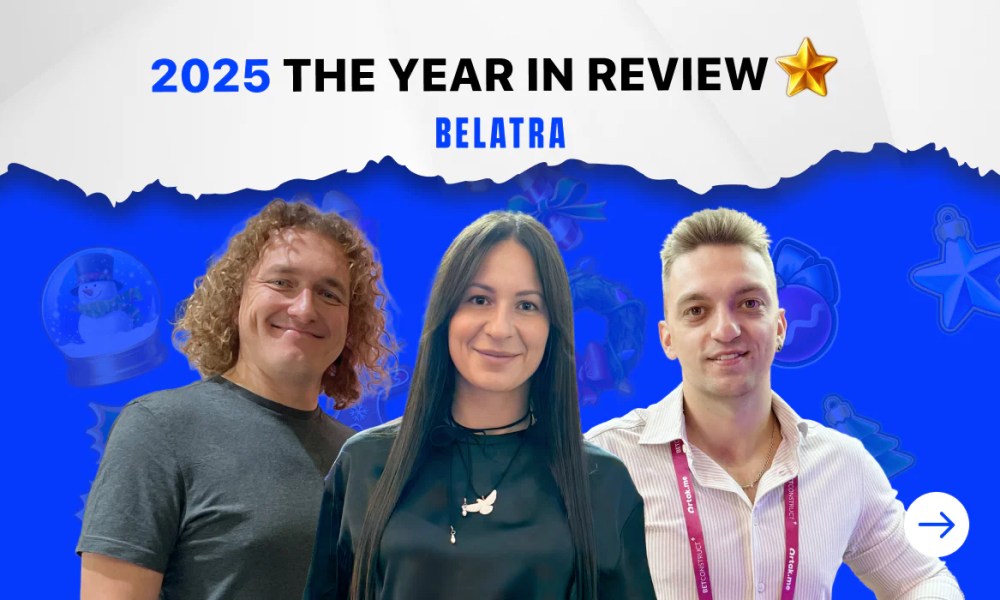
Editor’s Take
Why this matters: Belatra has been a steady hand in the slots world for a long time, but 2025 marked a distinct shift in strategy. By entering the Crash vertical with Goose Boom Bang and winning big at SiGMA Africa, the studio is clearly pivoting to capture the high-growth, high-frequency players in emerging markets. They are no longer just a “classic slots” developer; they are diversifying the portfolio to ensure relevance in regions like LatAm and Africa.
The Full Story
Belatra Games, the specialist online slots developer, has issued a strategic review of its 2025 operations, celebrating a 12-month period defined by entry into new game verticals, significant franchise expansion, and high-profile industry recognition.
The year was characterized by a dual strategy: deepening engagement in established markets while aggressively expanding its content portfolio to suit local preferences in emerging territories.
Portfolio Evolution: Crash and Battles 2025 saw Belatra move beyond its traditional slot roots. The company made its debut in the high-demand Crash game vertical with the launch of Goose Boom Bang, a title designed to tap into the fast-paced gameplay preference of younger demographics.
Additionally, the studio introduced a fresh game concept with the launch of Battles, a new format unveiled for the first time in 2025, with further development planned for 2026.
The ‘Mummyverse’ Expands For fans of classic slots, the highlight of the year was the aggressive expansion of the Mummyverse. Belatra nearly doubled the size of this franchise over the year, making it the most extensive game universe in their entire catalog.
The developer also focused on B2B localization, releasing a number of exclusive bespoke games created specifically for selected operator partners to meet specific local market tastes.
Awards and Recognition The company’s strategic shifts were validated by industry accolades. Belatra secured over 30 nominations throughout the year, with standout wins including:
-
Best Slot Provider (awarded by BitStarz).
-
Most Played Game of 2025 for Make It Gold at the SiGMA Africa Awards.
-
Player’s Pick Award.
Management Commentary Misha Voinich, Head of Business Development at Belatra, commented on the studio’s momentum:
“This year has truly defined who we are as a studio – ambitious, creative and focused on building long-term partnerships. We’ve expanded our universes, launched new ones and entered exciting new markets that will all help us carry this momentum into the New Year.”
The post From ‘Mummyverse’ to Crash Games: Belatra Reviews a Landmark 2025 appeared first on Gaming and Gambling Industry Newsroom.
BMM Testlabs
‘Chaos and Soul’: Ebaka Games Plots Global Expansion After Viral Launch
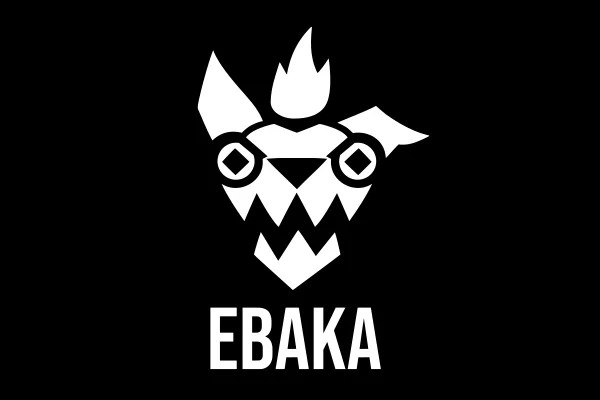
Editor’s Take
Why this matters: The “Instant Game” vertical (Crash, Plinko, Mines) is becoming crowded, but Ebaka Games is cutting through the noise with a distinct brand personality. By securing BMM Testlabs certification so quickly after launch, they are signaling to Tier 1 operators that despite their “chaotic” marketing vibe, the math underneath is solid and compliant. The backing of industry veteran Dmitry Belianin also adds immediate commercial credibility to the startup.
The Full Story
Ebaka Games, the fledgling studio that promises to bring “chaos and soul” to the iGaming sector, has outlined an aggressive growth strategy for 2026 following a landmark launch period in late 2025.
The studio, which officially debuted in November, reports that its initial rollout reached more than five million people worldwide. The launch saw its portfolio go live with the operator Menace, serving as the initial testbed for its mechanics and “Ebaka modes.”
The Product: Instant Games with Personality Ebaka is bypassing traditional slots to focus on the high-growth vertical of fast-paced, instant-win games. Their initial lineup includes:
-
Plinko
-
Mines
-
Tower
-
Limbo
-
Crash
Differentiation is achieved through unique mascots and signature gameplay tweaks designed to offer high win potential and distinct visual identities, moving away from the generic interfaces often found in this genre.
Regulatory Milestone Crucially for its 2026 roadmap, Ebaka Games has confirmed it has secured certification from BMM Testlabs. This accreditation validates the fairness and integrity of its RNG (Random Number Generator) and game engines, removing a major barrier to entry for regulated markets. With this certification in hand, the studio plans to launch with a number of “major brands” in the coming year.
Management Commentary Vitalii Zalievskyi, CEO of Ebaka Games, commented on the studio’s unorthodox approach:
“It’s only been a few weeks since we first introduced Ebaka Games to the world. The feedback has been breathtaking, and it vindicates the decision for us to take a different path to the rest of the industry. You don’t need huge marketing budgets to grab people’s attention if you are building something truly innovative.”
Industry Backing The studio describes itself as being “created by players for players” but boasts significant industry firepower in its corner. The team includes Dmitry Belianin, a well-known figure in the sector who is the co-founder of Blask and Menace, as well as Managing Partner at Already Media.
The post ‘Chaos and Soul’: Ebaka Games Plots Global Expansion After Viral Launch appeared first on Gaming and Gambling Industry Newsroom.
ARC
Racing Meets Nightlife: SBK Backs ARC’s New ‘Friday Night Live’ Series

Editor’s Take
Why this matters: British racing has a well-documented demographic problem; its core audience is aging. “Friday Night Live” is a direct attempt to fix this by blending high-stakes racing with the “experience economy” (DJs, nightlife vibes) that appeals to Gen Z and Millennials. Bringing SBK on board—a mobile-first, app-only sportsbook—is a perfect demographic fit, while the Racing Post adds the necessary credibility to ensure the actual racing product remains the focus.
The Full Story
Arena Racing Company (ARC) has unveiled the strategic commercial lineup for its upcoming Friday Night Live series, confirming SBK as the Exclusive Betting Partner and The Racing Post as the Official Media Partner.
Set to launch in January 2026, Friday Night Live is a new initiative created in collaboration with youth-focused events company INVADES. The series is designed to overhaul the traditional race day experience, featuring fast-paced fixtures under floodlights, DJ sets, and significant entertainment elements sandwiched between races.
The Commercial Deal
-
SBK: As the exclusive betting partner, the Smarkets-owned sportsbook will take naming rights and on-course branding for all 35 races. Crucially, these races will be broadcast live on mainstream television via ITV Racing as well as Sky Sports Research.
-
The Racing Post: As the Official Media Partner, the publication will provide content, coverage, and promotion across its digital platforms, aiming to bridge the gap between established racing purists and the new audience ARC hopes to attract.
A High-Stakes Experiment The series is not just a marketing exercise; it carries serious sporting weight. Each of the five scheduled nights will feature over £200,000 in prize money. The fixtures will rotate across three of ARC’s all-weather tracks: Wolverhampton, Newcastle, and Southwell.
Management Commentary David Leyden Dunbar, Group Director of Commercial Strategy at ARC, was clear about the target audience:
“We have been very clear that one of the aims of Friday Night Live is to engage the next generation of racing fans… Both [partners] have shown real enthusiasm to work with us… as well as using the platform that these fixtures will offer them to also engage with more established racing and sports fans.”
Adam Baylis, Marketing Director at SBK, added:
“Friday Night Live [is] a fresh and engaging concept that brings a new energy to British racing. SBK has always been built around sport… our focus is on enhancing the live race day experience in a fun, social and responsible way.”
The 2026 Schedule The series kicks off immediately in the new year:
-
9th Jan: Wolverhampton
-
6th Feb: Newcastle
-
20th Feb: Southwell
-
20th March: Wolverhampton
-
27th March: Newcastle
The post Racing Meets Nightlife: SBK Backs ARC’s New ‘Friday Night Live’ Series appeared first on Gaming and Gambling Industry Newsroom.
-

 affiliate marketing6 days ago
affiliate marketing6 days agoSOFTSWISS 2025: 45% Game Portfolio Growth, LatAm Extensive Expansion and Flagship iGaming Trends Report
-

 B2B6 days ago
B2B6 days agoXpoint secures new growth funding to supercharge geolocation innovation for real money gaming
-

 Aviator6 days ago
Aviator6 days agoTKO: SPRIBE names UFC fighter Valter “The Clean Monster” Walker as Aviator brand ambassador
-

 Brand Activation6 days ago
Brand Activation6 days agoEsportes da Sorte strengthens brand presence during New Year’s Eve celebrations across four Brazilian capitals
-

 B2B6 days ago
B2B6 days agoHoli Primed For Emerging Markets Via New QTech Games Partnership
-

 B2B6 days ago
B2B6 days agoPlay’n GO games now live with Ivy Casino in the UK
-

 Alex Leese6 days ago
Alex Leese6 days agoPronet Gaming’s New Global Chapter Begins at ICE 2026
-

 BGaming4 days ago
BGaming4 days agoBGaming and Jon Vlogs Spread Christmas Joy with Charity Initiative



